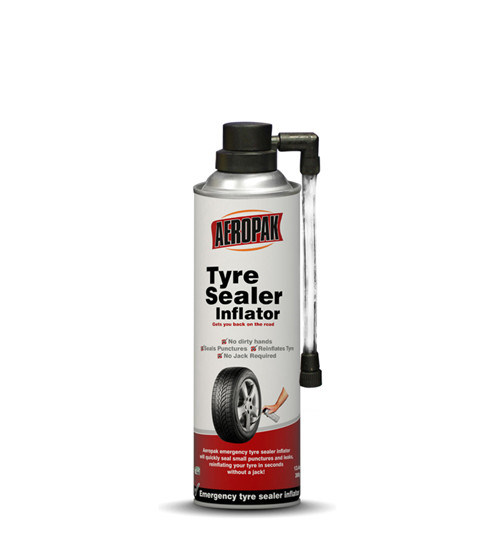A slow tire leak is more than just a nuisance. A leak can lead to low tire pressure. Not to mention, prolonged running on an underinflated tire can lead to more extensive tire damage or even cause a dangerous blowout.
If you’re experiencing a slow leak, here are some things to look for:A tire puncture: It is a common misconception that a puncture will cause the tire to immediately go flat. However, in many cases the object that caused the puncture remains lodged in the tire and prevents the air from leaking out quickly. As with all tire leaks, it is important not to ignore a puncture. Eventually to object will either wear down and/or work its way out of the tire. For more on this read our article How to Repair a Tire with a Safe, Permanent Fix.
Wheel damage: Another common cause for slow tire leaks is damage to the area where the tire bead meets the rim. This type of damage is typically cause by the driver hitting the curb, taking a speed bump at high speeds OR those dreaded potholes! The impact deforms the wheel’s metal surface which may cause the tire to pull away from the mounting surface of the wheel.
Valve stem damage: The third most common cause for slow tire leaks is worn out or damaged valve stems. Time, use and exposure to elements can cause your valve stems to wear out and cause leaks.
Diagnosing your tire leak:
If your vehicle is equipped with TPMS, you will know right away if you have a leak. If the sensor light on your dashboard goes off, you inflate all the tires back to proper pressure and the light goes back on a few days later – you likely have a leak. If your vehicle does not have TPMS, its important to check your tire pressure regularly.
Once you’ve identified that you have a leak, use TECH Chek to locate the source of your leak. Simply spray the product all around the tire.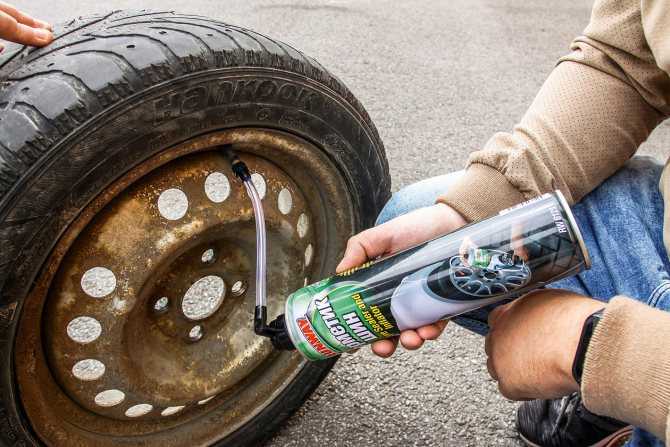 Where the surface of the tire begins to bubble is likely the source of your leak.
Where the surface of the tire begins to bubble is likely the source of your leak.
It’s important to have your tire diagnosed by a professionally trained tire shop or mobile tire repair service as soon as possible. In the case of a puncture, you may want to use a tire repair kit to keep your tire properly inflated until you can have it serviced. The leak should then be permanently fixed using a proper tire repair consisting of a cured rubber stem and repair unit.
If the leak is caused by a damaged valve, a trained tire technician can typically replace the valve at a minimal cost. In some cases, however, the tire may need replaced.
If the leak is caused by a damaged wheel, a tire technician may be able to reseat and seal the tire using a bead sealer. However, if the damage to the wheel is significant, unfortunately that means you may need to replace the wheel itself.
To read more about the types of damage that can and cannot be repaired, click here!
So, you have a flat tire or one that’s leaking air.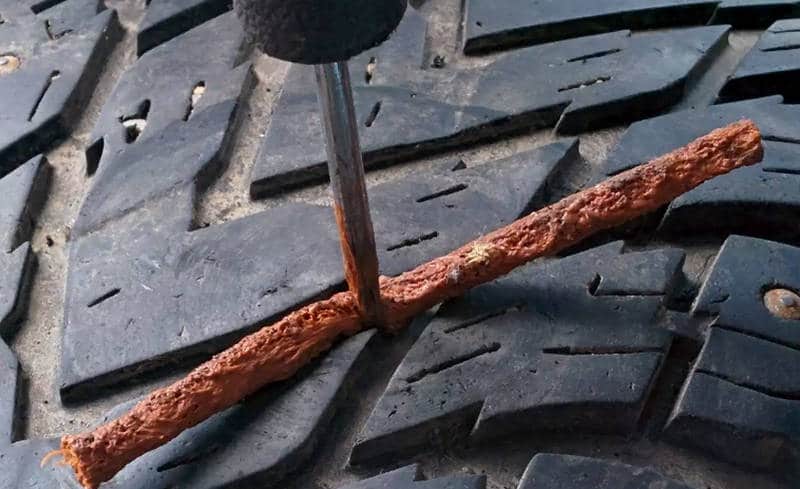 It’s not the end of the world. Luckily there are safe and cost-effective ways to properly repair most tire punctures. The purpose of this article is to show you the difference between a safe, permanent repair and a temporary string, plug or patch repair.
It’s not the end of the world. Luckily there are safe and cost-effective ways to properly repair most tire punctures. The purpose of this article is to show you the difference between a safe, permanent repair and a temporary string, plug or patch repair.
According to the National Highway Traffic Safety Administration (NHSTA) and the Tire Industry Association (TIA), the only method to properly repair a tire puncture is to fill the injury with a repair stem and back the stem with a repair patch. This is commonly known as a combination repair or a patch/plug repair.
Patch/plug repairs are most often performed using a one-piece repair unit that combines the repair stem and cap (or patch) into one unit. However, special circumstances may require the use of a two-piece combination repair (ex. If the angle of the puncture exceeds 35 degrees). The repair is then permanently bonded to the inside of tire and through the injury channel using a cold, chemical vulcanizing process. The repair essentially becomes part of the tire, creating an air-tight seal that keeps air in and moisture and contaminants out (more on this procedure below).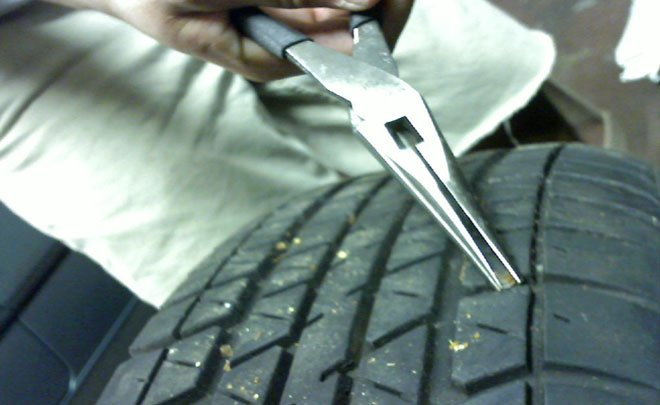
Emergency roadside plug repairs are NOT intended to be a permanent tire repair. Plugs and string repairs are designed to get you back up and rolling long enough to get home or to the nearest service center to perform a proper tire repair.
The common misconception with plug and string repairs is that because they hold air, they are safe to use. While it is true that many plug repairs do a great job of keeping air in the tire, that’s only part of the equation. Because they’re not completely sealing the injury, plug repairs may allow air and moisture to penetrate the body of the tire. Over time, this could lead to a dangerous (or even deadly) blowout.
A Patch-Only Tire Repair Leaves Your Tire Susceptible to DamageA tire repair that uses only a patch is also NOT considered proper or safe. A properly installed patch will do a great job of allowing the tire to hold air. However, similarly to the plug-only repair, the patch does not fill the injury channel.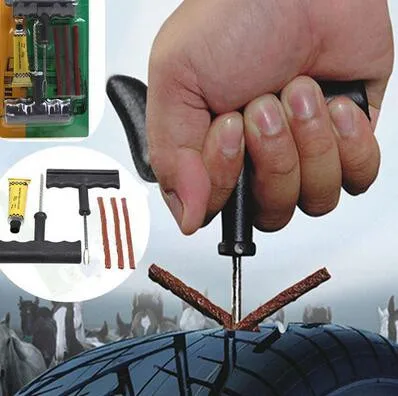 Therefore, air and moisture could seep into the tire from the tread surface and eventually damage the tire.
Therefore, air and moisture could seep into the tire from the tread surface and eventually damage the tire.
Only a proper patch/plug repair completely seals the puncture from inside the tire and through the entire injury channel. There are a few extra steps necessary to perform a proper tire repair in accordance with industry guidelines. We’ve developed a simple acronym to help organize and remember the steps: R.E.P.A.I.R.
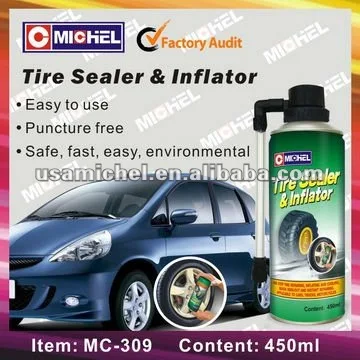 First, the injury is drilled out using a carbide cutter to strip away and damaged cords or belts. Next, the inner liner is cleaned and buffed to a slightly rough texture. This also helps maximize adhesion of the patch/plug repair.
First, the injury is drilled out using a carbide cutter to strip away and damaged cords or belts. Next, the inner liner is cleaned and buffed to a slightly rough texture. This also helps maximize adhesion of the patch/plug repair.There are a number of factors that may determine whether or not your tire is safe to repair.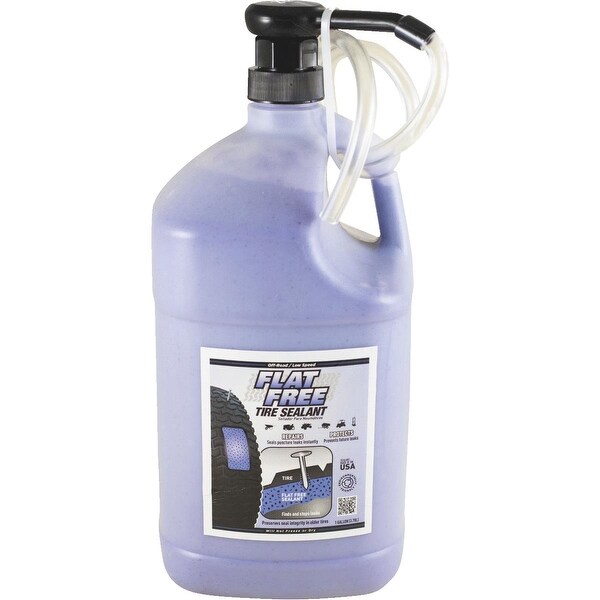 These factors fall into three main categories:
These factors fall into three main categories:
The occasional flat or leaky tire is an unavoidable part of life. But, taking shortcuts to repair it can be dangerous to you and your passengers.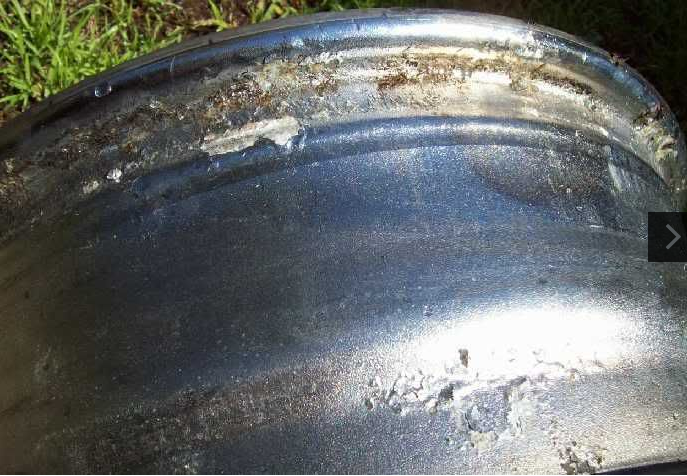 Take the time and do the research to do the job right and/or find a reputable tire repair shop trained in proper tire repair procedure.
Take the time and do the research to do the job right and/or find a reputable tire repair shop trained in proper tire repair procedure.
A slow leak tire is a tire with a small hole through which air escapes.
There is no definitive answer to this question, as the best place to repair a tire with a slow leak depends on the specific situation. However, some general tips that can be helpful in fixing a slow leak tire include using sealant and checking tires for flat tires.
If you notice a slow leak from a tire, it is important to take action as soon as possible to prevent further damage. There are many different ways to fix a slow leak in a tire, so it is important to find the method that works best for you. Some common methods include the use of sealants or patches, air pressure changes and tire replacement.
It is also important to keep an eye on flat tires to determine if there is a more serious problem with your vehicle that needs attention. .
.
There is no set time for how long it takes to fix a slow leak in a tire. The repair process will depend on the severity of the leak, tire size and type, and the tools and skills available. Some factors that can affect how long it takes to fix a slow tire leak, include: whether the tire is being used;
tire age;
how badly the leak damaged the tire;
is there debris inside the tire; and
experienced tire repairman. In general, however, most slow leaks can be repaired within a few hours if necessary. Slow leaks are usually caused by air escaping from one or more of your tire valves. This air can cause that your vehicle will lose power and make a loud noise while driving. If you notice that one or more of your tires are rapidly losing air, it is important to take action as soon as possible. Here are some tips to fix a slow leak: Check all four tires for signs of leaks, including on each valve stem. One of the common mistakes people make when trying to fix a slow leak is that they assume that only one particular tire is causing problems. It is important to check all four tires for signs of leakage, including on each valve stem, to determine which one may be slowly letting air out. If you find signs that one particular tire is slowly leaking air, try replacing that tire before doing any other repairs. Remove any obstruction to air flow in and out of your tires, including pieces of metal, plastic bags, etc.
One of the common mistakes people make when trying to fix a slow leak is that they assume that only one particular tire is causing problems. It is important to check all four tires for signs of leakage, including on each valve stem, to determine which one may be slowly letting air out. If you find signs that one particular tire is slowly leaking air, try replacing that tire before doing any other repairs. Remove any obstruction to air flow in and out of your tires, including pieces of metal, plastic bags, etc.
There are several things that can cause a slow leak in a tire. A slow leak can be caused by a hole in the tire, air bubbles, or even a crack in the rubber. Here are some tips to fix a slow leak: 1. Check for holes and cracks in the tire. If there is an obvious hole or crack, fix it as soon as possible. This will prevent air leakage and cause the tire to run even slower. .3. Remove air bubbles with a pump or syringe. Be careful not to puncture the tire! 4. Replace any damaged tires as soon as possible to avoid further damage and loss of speed.
Replace any damaged tires as soon as possible to avoid further damage and loss of speed.
If you've ever had problems with your car losing power when driving on winding roads, then you know how important it is to properly inflate your tires so that you don't find yourself in a difficult situation somewhere far from home, which can easily happen if one of your tires will deflate while you're driving...
Fortunately, there are ways to check if one of your tires is slowly deflating without going out and measuring it yourself - all you need is some simple equipment and some knowledge on how it works...
There is no easy answer when it comes to whether it is safe to drive on a tire with a slow leak. The most important thing to remember is that any time you are driving, even if the tires look to be in good condition, there is always chance of an accident. If you have a slow leak, it is important to take action and fix the problem as soon as possible.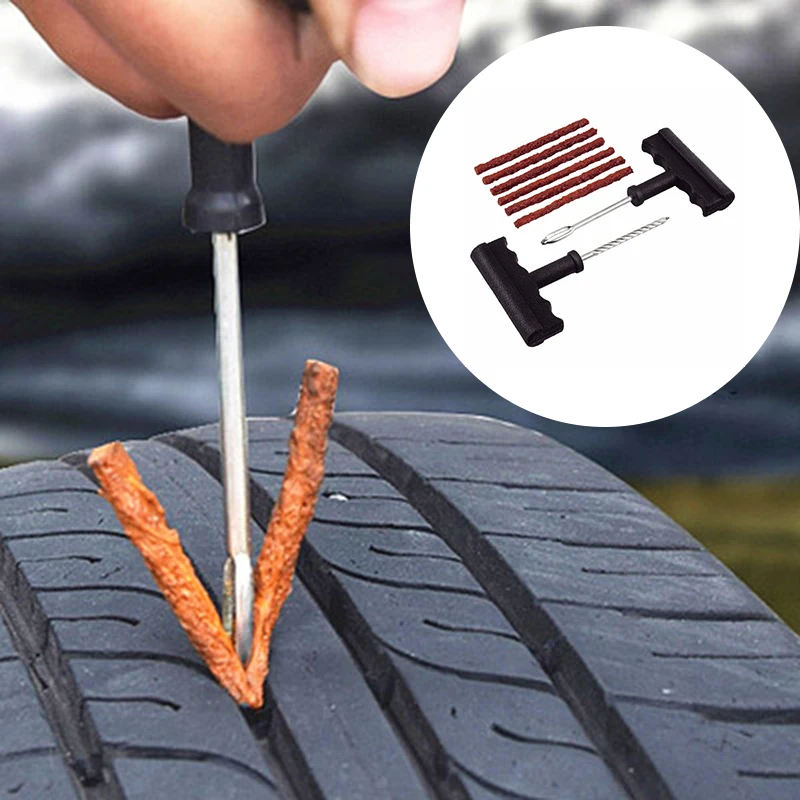 Here are some tips to fix a slow leak:
Here are some tips to fix a slow leak:
If you drive regularly, it is important to check your tires for leaks. Leaks can cause your vehicle to lose gas and even damage a tire. inside the tire onto the valve stem and see if any fluid or debris is leaking out of it. Finally, use a pressure gauge to measure how much air is still in the tire.
Leaks can cause your vehicle to lose gas and even damage a tire. inside the tire onto the valve stem and see if any fluid or debris is leaking out of it. Finally, use a pressure gauge to measure how much air is still in the tire.
There are several signs that your tire may be leaking slowly. One sign is that you notice a decrease in the amount of air your tire can hold, or if you see fluid leaking from the tire. Another sign is trouble starting vehicle due to low tire pressure. If any of these signs are present, it is important to take action and repair the leak as soon as possible. There are several ways to fix a slow tire leak. You can try using an air pump to inflate the tire until it reaches its maximum pressure, or you can replace the entire tire with a new one. If any of these solutions don't work, you will need to take What to do next and repair the leak yourself. In any case, repairing a slow tire leak is important for your vehicle to continue driving safely.
There are several things you can do to prevent your tires from leaking slowly. First, make sure your tires are properly inflated. Excessive tire pressure can cause them to burst, resulting in slow leaks. Second, regularly monitor your tire pressure and adjust as needed. Third, inspect your tires for signs of damage or wear and replace them if necessary. Finally, use a leak detection system to help identify and repair any slow tire leaks before they become serious problems.
If you have a slowly leaking tire, there are a few things you can do to fix the problem. First, make sure your tire air pressure is correct. If it isn't, you may need to add air to the tire. Next, check for cuts or tears on the tire casing. If there are any, you will need to repair them before continuing. Finally, inspect the area around the tire for any objects that may be obstructing airflow. Remove these objects if necessary and repeat try.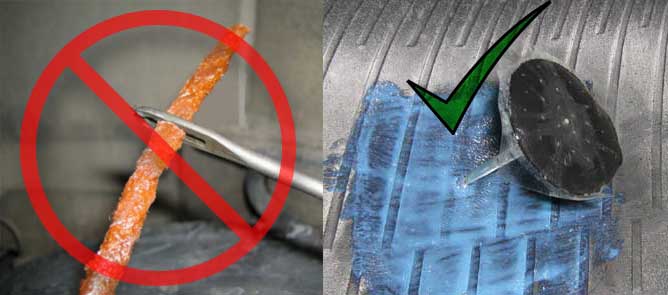
There are several ways to stop a slow leak from a tire. One of them is to use tire sealant. The sealant can be used both inside and outside the tire. It can be applied with a syringe, spray gun, or even by hand. you need to wait for it to dry before driving. If the leak is small, you may only need to apply the sealant once or twice. If the leak is more severe, you may need to apply it multiple times over several days or weeks.
Slow leaks can be caused by a variety of things, but the most common cause is a hole in a tire. If you have a slow leak, there are a few things you can do to fix it. First, check your air pressure. inflated, this will force more air out of the hole and make the problem worse. Then try using a patch kit. These kits come with all kinds of patches and tools needed to fix a slow leak. Finally, if none of these solutions work, you tire may need to be replaced.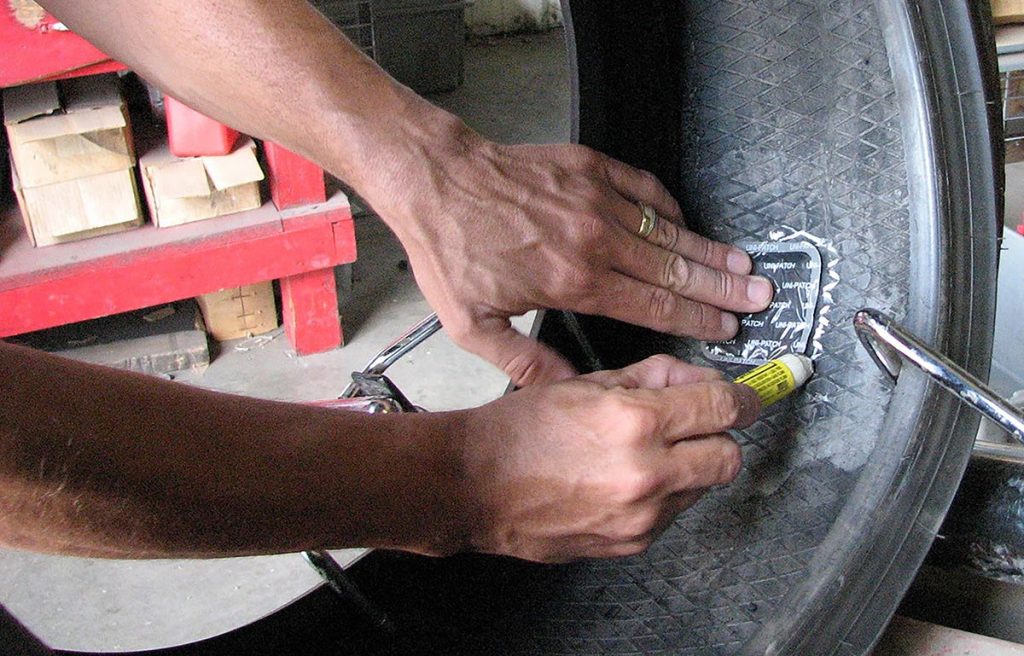
A slow leak in a tire can be caused by a number of factors, including a puncture, a manufacturing defect, or even age. However, in most cases, the cause of a slow leak can be identified and corrected. Here are some tips on how to fix a slow leak in a tire: cuts in the rubber boot around the tire valve stem. This is often where the leak starts. If there are tears or cuts, cover them with duct tape or other sealant. there is any sign of damage, replace the tire as soon as possible. 3. Check for leaks at both ends of the tire and replace if necessary. your driving habits, if you experience frequent slow leaks - avoid hard braking and hard acceleration; keep your speed moderate; and avoid steep climbs or bumps in your route.6.
Slow leaks can cause your tire to lose air and eventually burst.Here are four ways to diagnose and repair a slow leak: 1.Check the pressure gauge regularly 2. Change the tire if it is losing air quickly 3.Repair or replace the puncture 4.Inspect wheel for damage caused by a slow leak How to fix or replace a tire with a slow leak? To fix a slow leak, first remove any debris that may be blocking the hole in the tire. , choose one that has been designed specifically for repairing low pressure tires. For more information on how to fix a slow leak, refer to your vehicle owner's manual or visit our website at www.tirerack.com. Thank you for reading this guide on how to fix a slow leak tire! If you have any questions or need help fixing a slow leak tire, feel free to contact us at 1-800-ATRACK (1-800 -822-2752).
Change the tire if it is losing air quickly 3.Repair or replace the puncture 4.Inspect wheel for damage caused by a slow leak How to fix or replace a tire with a slow leak? To fix a slow leak, first remove any debris that may be blocking the hole in the tire. , choose one that has been designed specifically for repairing low pressure tires. For more information on how to fix a slow leak, refer to your vehicle owner's manual or visit our website at www.tirerack.com. Thank you for reading this guide on how to fix a slow leak tire! If you have any questions or need help fixing a slow leak tire, feel free to contact us at 1-800-ATRACK (1-800 -822-2752).
A slow leaking tire may take some time to repair, depending on the severity of the leak. If the tire is only slowly losing air, it may only take a few minutes. However, if the tire is completely flat or has a large hole, it may take longer to repair.
To fix a slowly leaking tire:
8 ) Replace all four tires if necessary.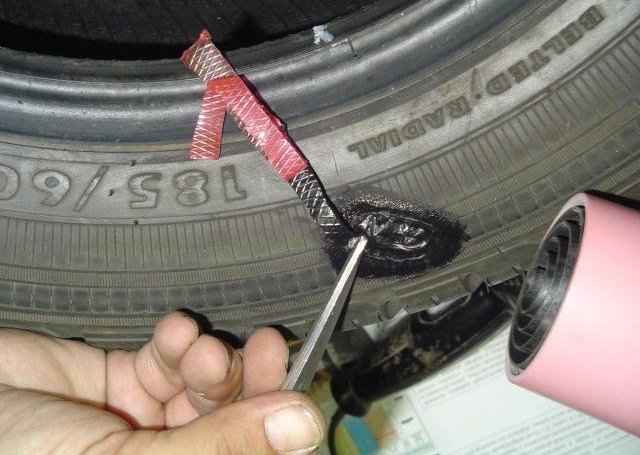
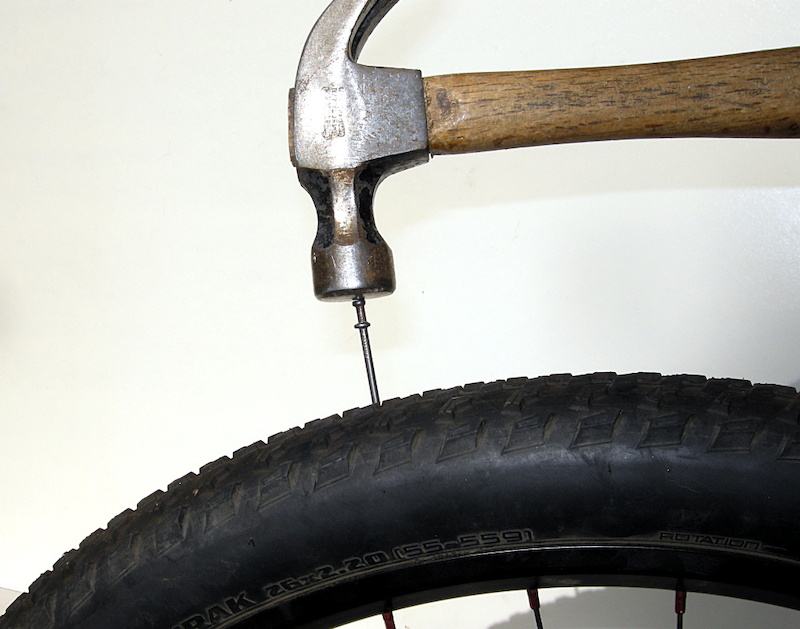 (If necessary) use an air compressor to blow out any accumulated dirt/debris around the area where you replaced the valve stem. (Be very careful not to hit yourself in the face with the pump!)
(If necessary) use an air compressor to blow out any accumulated dirt/debris around the area where you replaced the valve stem. (Be very careful not to hit yourself in the face with the pump!) There is no clear answer to this question because it depends on the severity of the slow leak and the remaining pressure in the tire. pressure, then riding a tire with a slow leak can be dangerous. As a general rule, it is always safer to replace a damaged or faulty tire as soon as possible.
If you don't fix a slowly leaking tire, the air inside the tire will eventually escape and cause it to deflate. This can be dangerous as it can cause you to lose control of your car or truck and cause an accident. If you notice that your tire is
If you notice that your tire is
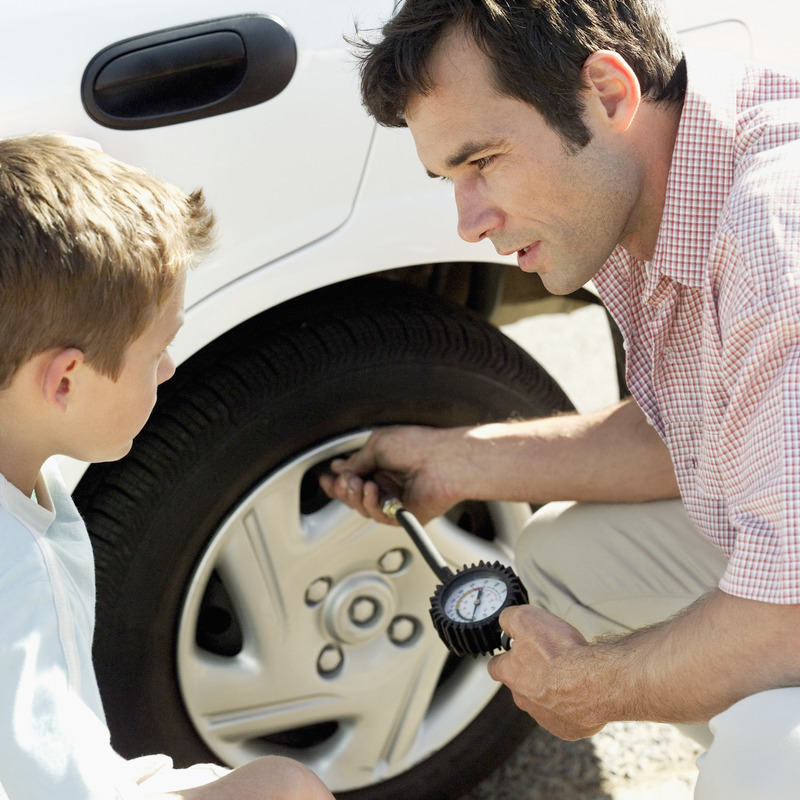
Yes, you can fix a slowly leaking tire yourself. However, it is important to remember that this is a complex repair and should only be done by someone with tire experience. Here are some tips to help you fix a slowly leaking tire:
Repairing a slow leaking tire can be costly. The cost to repair a slow leaking tire will depend on the size and type of tire and the location of the leak. In general, however, it is likely that a slow leaking tire will cost between $50 and $100 to repair.
The cost to repair a slow leaking tire will depend on the size and type of tire and the location of the leak. In general, however, it is likely that a slow leaking tire will cost between $50 and $100 to repair.
There are a few things you can do to try and fix a slowly leaking tire yourself. First, make sure the tire's air pressure is correct. If it's low, the tire won't be able to hold the air pressure and will start leaking. Second check the tires for cracks or ruptures. This can cause a slow air leak and cause a slow leak. Finally, if none of these solutions work, you may need to take your car to a mechanic or a repair shop for repairs.
There are many ways to fix a slow leaking tire. Some use a patch and some use sealant. You can also replace the tire. Here are four methods: old patch and put in a new one.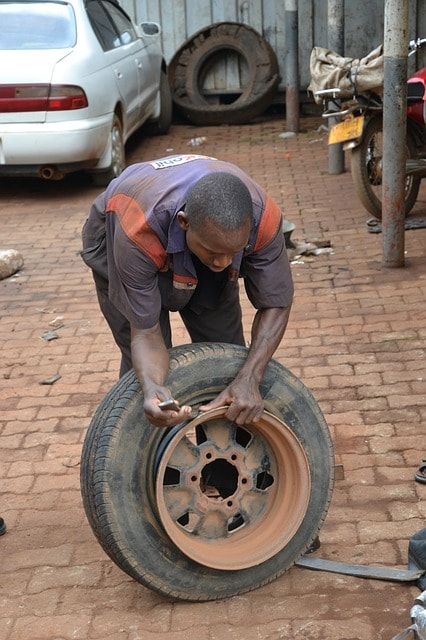 Make sure the patch fits snugly and covers the entire hole in the tire.
Make sure the patch fits snugly and covers the entire hole in the tire.
14What are some of the common causes of a tire that is slowly leaking?15How do I know if my tire is leaking and needs to be repaired?16What tools will I need to fix a slowly leaking tire?17Where can I find instructions for fixing a tire that is slowly leaking?18What should I do if Does my tire seem to not retread or is it already flat?19Can I fix a slow leak myself?20. Is there any danger in trying to fix leaking tires?21 Should I take my car to a mechanic if my tire is leaking slowly?22What should I do if my slow leak becomes a serious problem and doesn't go away on its own?23 help me fix a slowly leaking tire if I don't have the right tools or don't know how to do it myself? 24 How much does it cost to fix a slow leaking tire? 25 Is there any danger in trying to fix slow leaking tires 26 Can only one side of a slow leaking tire be replaced 27 How often should slow leaking tires be checked 28 Do all types of tires suffer from slow leaking tires at some point 29When should you get rid of slow leaking tires? old, slowly leaking tire 30
Is there any danger in trying to fix leaking tires?21 Should I take my car to a mechanic if my tire is leaking slowly?22What should I do if my slow leak becomes a serious problem and doesn't go away on its own?23 help me fix a slowly leaking tire if I don't have the right tools or don't know how to do it myself? 24 How much does it cost to fix a slow leaking tire? 25 Is there any danger in trying to fix slow leaking tires 26 Can only one side of a slow leaking tire be replaced 27 How often should slow leaking tires be checked 28 Do all types of tires suffer from slow leaking tires at some point 29When should you get rid of slow leaking tires? old, slowly leaking tire 30
